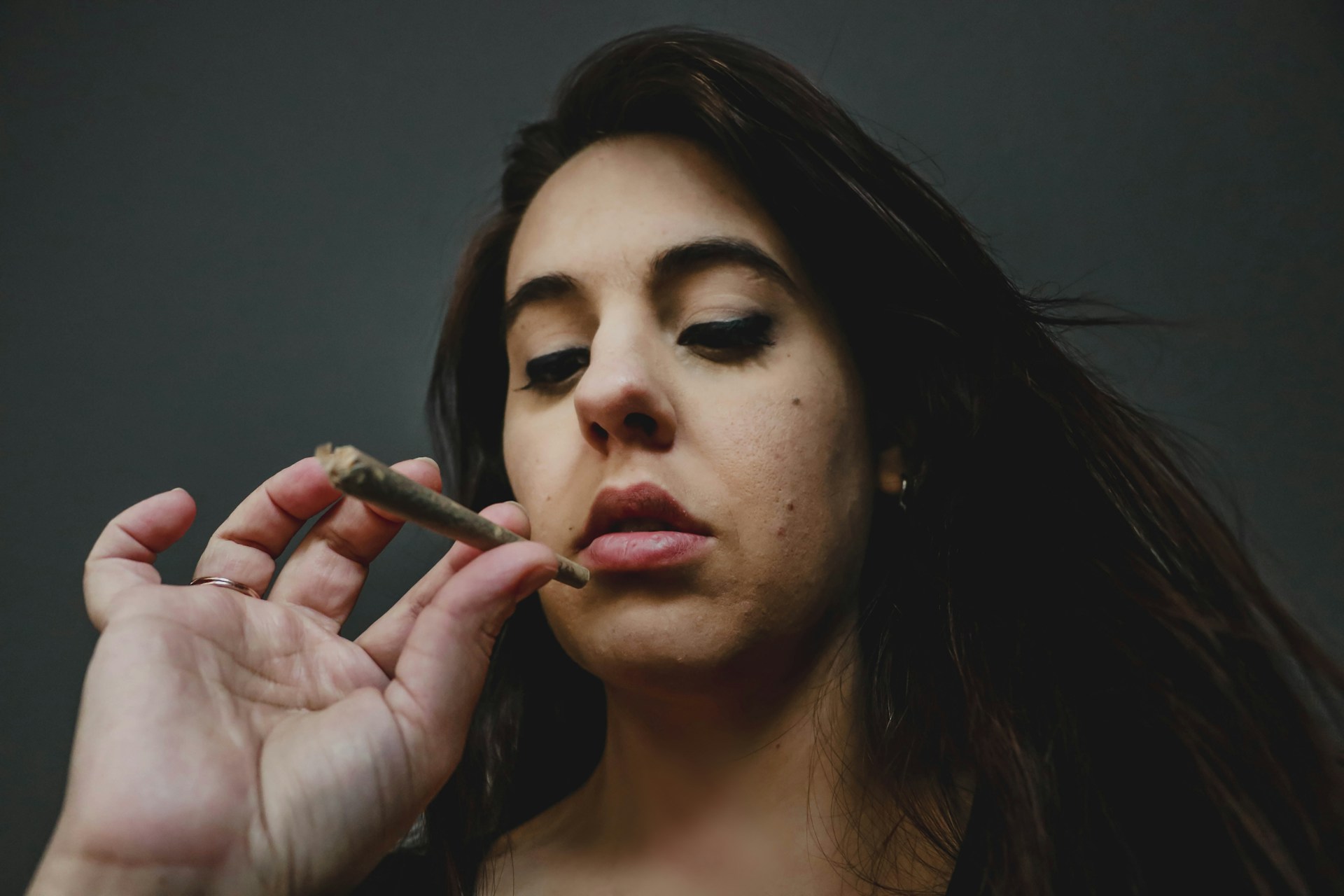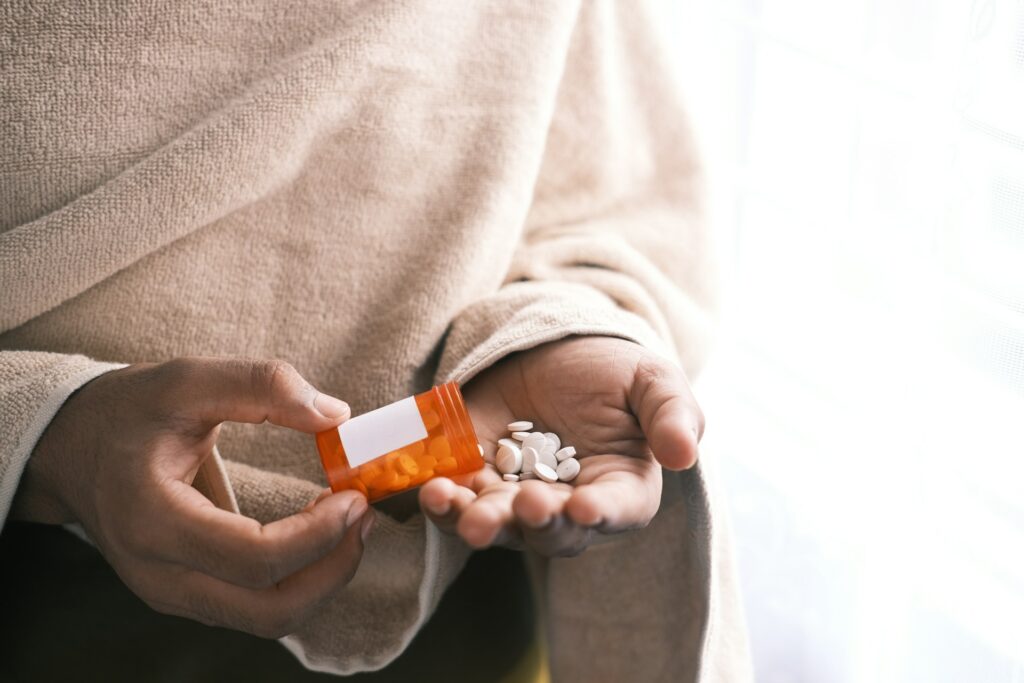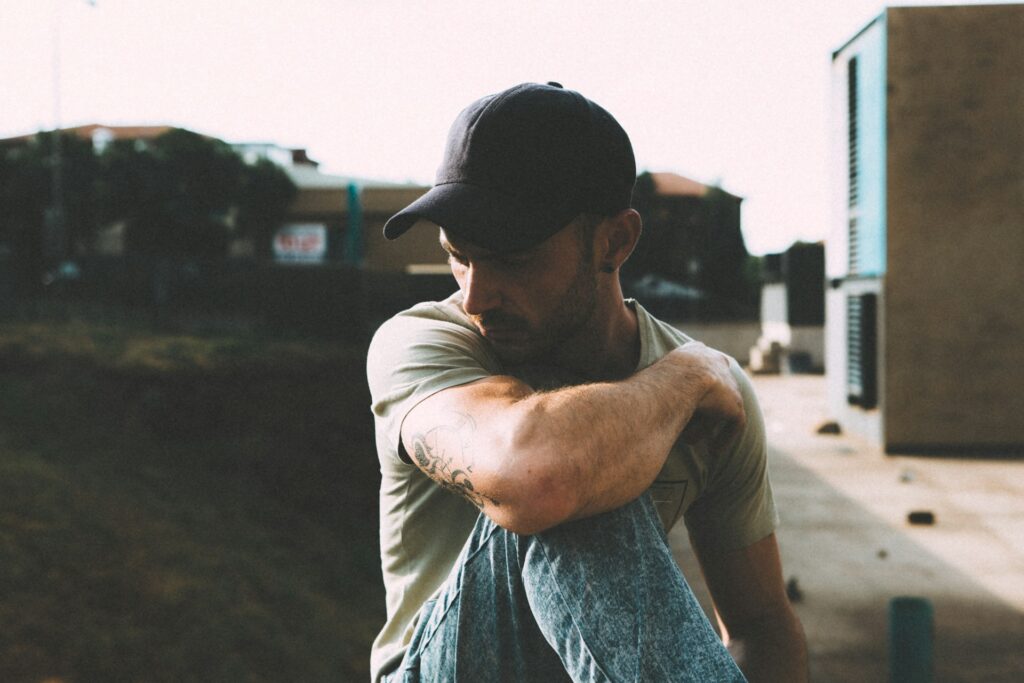Drug Rehab Success Rates and Statistics

Addiction treatment works for many people—but the numbers show a more complicated picture than most expect. According to drug rehab success rates and statistics, relapse occurs in 40% to 60% of cases, which is comparable to other chronic conditions like diabetes or asthma. Still, those numbers shift dramatically depending on length of treatment, follow-up care, and program quality. For inpatient programs, relapse rates after discharge range from 30% to 50% within the first six months. Short-term sobriety often looks promising at discharge, but long-term success depends heavily on what happens after.
In outpatient programs, relapse rates can be higher without structure and supervision. Studies show that individuals who complete a full program and receive continued care report abstinence rates upwards of 60% at one year. At Tranquiity Recovery Center, many clients report hope restored when they see the real impact of long-term planning and expert support. The important takeaway? Outcomes improve drastically when treatment is treated as a long-term health commitment—not a quick fix.
What Factors Actually Influence Drug Rehab Success?
Plenty of people ask if therapy type or time in rehab really makes a difference. It does. Success rates jump when care is customized, consistent, and long enough. Most experts agree that programs lasting 90 days or more have significantly better results. Group therapy for addiction treatment adds a strong layer of peer support and accountability that many clients find invaluable. On top of that, the therapy approach matters. Cognitive Behavioral Therapy (CBT) and Medication-Assisted Treatment (MAT) both show measurable impact, especially for opioid and alcohol dependence.

Those with co-occurring mental health disorders face more complex challenges but can still thrive with integrated care. Drug rehab statistics success rates improve even further when clients participate in evidence-based, trauma-informed therapies and stick with them. People who combine individual sessions with medication and community support report relapse rates as low as 20% after one year. Early dropouts and fragmented care, by contrast, show far poorer outcomes.
What Do National And Global Success Rates Actually Tell Us?
To understand the effectiveness of addiction treatment, we need to look beyond surface numbers. These key statistics show what’s really happening in the U.S. and globally with drug rehab outcomes.
- 40–60% relapse rate is typical after rehab, according to the National Institute on Drug Abuse
- 85% relapse risk exists within the first year if no aftercare is provided
- Over 29.3 million U.S. adults have resolved a substance use issue at some point
- Inpatient rehab success after 90 days shows relapse rates around 20–30%
- Outpatient rehab relapse rates range from 40–70%, depending on structure and support
- Most reliable abstinence rates for one-year recovery range from 50% to 70% with full program completion and aftercare
How Much Does Aftercare Really Change Outcomes?
Some people think treatment ends when you leave rehab—but research says otherwise. The months after discharge are some of the most fragile. In fact, individual therapy for addiction treatment during this period helps prevent the common post-rehab crash. Up to 85% of people relapse within the first year without structured aftercare. With sober living homes, therapy, and support groups, that rate drops dramatically. Long-term success depends on what support systems people return to.

Aftercare fills that critical gap. Twelve-step programs, sober coaching, weekly check-ins, and even teletherapy extend the benefits of rehab well into everyday life. Clients who stick with these supports for 12 months or longer report abstinence rates closer to 70%. Drug rehab success rates are never just about the program—they hinge on how seriously people take recovery after it ends. The good news? There are more tools than ever to stay connected, accountable, and in control.
What Factors Actually Influence Drug Rehab Success?
Recovery outcomes depend on more than motivation. These data points show how therapy type, duration, and co-occurring issues affect the success rates of drug rehab programs.
- Programs over 90 days show up to 65–70% success compared to just 20–30% for short stays
- Group therapy for addiction treatment is linked to lower relapse and longer retention
- MAT (medication-assisted treatment) for opioid addiction increases retention by 50% or more
- Dual-diagnosis clients are more likely to relapse without integrated mental health care
- Clients who receive customized care report 30–60% better outcomes
- People discharged against staff advice had only 48% abstinence at 12 months, compared to 69.6% for those who completed treatment properly
Do Different Treatment Models Deliver Different Results?
Absolutely—and the model must match the individual. While no one-size-fits-all solution exists, our residential treatment in Los Angeles tends to yield higher abstinence rates than short-term or outpatient options. Inpatient programs allow for full focus on recovery, daily structure, and close clinical oversight. According to multiple studies, clients who complete 90 days of inpatient rehab show relapse rates as low as 20–30% in the first year.

In contrast, outpatient rehab san fernando valley programs provide flexibility for those who can manage recovery in real-world settings, but success hinges on strong personal motivation and access to support. Medication-Assisted Treatment (MAT), especially for opioid or alcohol use, improves outcomes across both settings. Faith-based programs can also work for those who respond well to spiritual structure. When we talk about success rates of drug rehab centers, what matters most is alignment between treatment type, duration, and individual needs.
How Much Does Aftercare Really Change Outcomes?
Leaving rehab is just the beginning. These numbers prove that support after discharge plays a critical role in long-term sobriety and drug rehab success rates.
- Up to 85% relapse without aftercare in the first year post-rehab
- Clients who attend individual therapy for addiction treatment weekly after rehab show 60–70% long-term sobriety
- 12-step group participation reduces relapse risk by 20–30% over time
- Sober living environments reduce relapse by as much as 50% compared to going home without structure
- Aftercare clients who stick with support for 12+ months show abstinence rates near 70%
- Ongoing therapy + medication post-rehab increases the odds of sustained sobriety significantly
Why Are Drug Rehab Success Rates So Hard To Pin Down?
This is where many people get confused. It’s not that the numbers aren’t real—it’s that definitions vary wildly. Some centers define success as completing the program, others only count total abstinence over 12 months. Relapse can be self-reported or tracked through testing. In many cases, people drop out and aren’t followed at all. That skews drug rehab statistics success rates lower than they may be in reality. Plus, underreporting is common.
Some clients relapse but don’t return to care or report it. Others transfer between programs or go back into treatment, which can actually be a positive sign of continued engagement. Family therapy in addiction treatment adds another layer by involving loved ones in recovery, which boosts accountability and improves communication. But not all centers track that. When looking at drug addiction rehab success rates, it’s important to ask what metrics are being used. Recovery is a long game, and real-world complexity doesn’t always fit neatly into a chart.

Do Different Treatment Models Deliver Different Results?
Not all rehab approaches lead to the same outcome. Here’s how different settings and methods influence success rates of drug rehab centers.
- Residential treatment that offers 90-day programs report relapse rates as low as 20%
- Outpatient rehab in San Fernando Valley shows relapse rates closer to 50–70%, depending on structure
- MAT for opioids like Suboxone improves recovery outcomes by up to 60%
- CBT-based programs reduce relapse significantly for those with trauma histories
- Faith-based or spiritual programs show higher retention for clients who are spiritually inclined
- Integrated models (therapy + medication + peer support) have some of the highest long-term success rates (65–75%)
How Can You Really Understand Drug Rehab Success Rates And Statistics?
Don’t let the numbers discourage you—they’re only part of the picture. What matters most is how well the program fits the individual, how long they stay, and what happens afterward. Success is entirely possible, and millions of people are living proof. But addiction treatment works best when it’s treated as ongoing care, not a one-time solution. When you look closely at drug rehab success rates and statistics, the takeaway is clear: real recovery takes time, support, and willingness to stay engaged. Want your loved one to have the best shot? Help them find a program that treats the whole person, not just the symptoms.
You Have Questions
We Have Answers
At Tranquility Recovery Center, we offer treatment for a wide range of addictions, including alcohol, opioids, prescription drugs, and illicit substances. Our team tailors each program to meet individual needs, focusing on both the physical and emotional aspects of recovery.
At Tranquility Recovery Center, we offer treatment for a wide range of addictions, including alcohol, opioids, prescription drugs, and illicit substances. Our team tailors each program to meet individual needs, focusing on both the physical and emotional aspects of recovery.
At Tranquility Recovery Center, we offer treatment for a wide range of addictions, including alcohol, opioids, prescription drugs, and illicit substances. Our team tailors each program to meet individual needs, focusing on both the physical and emotional aspects of recovery.